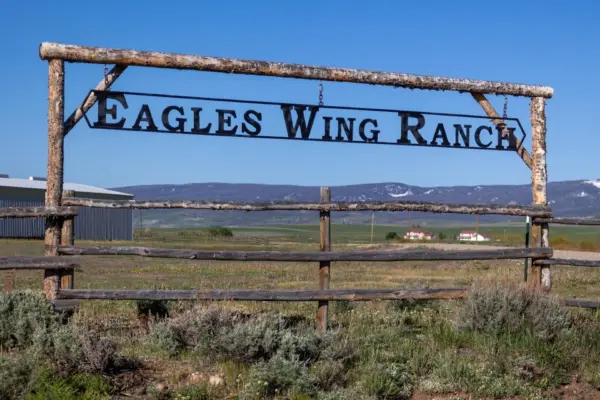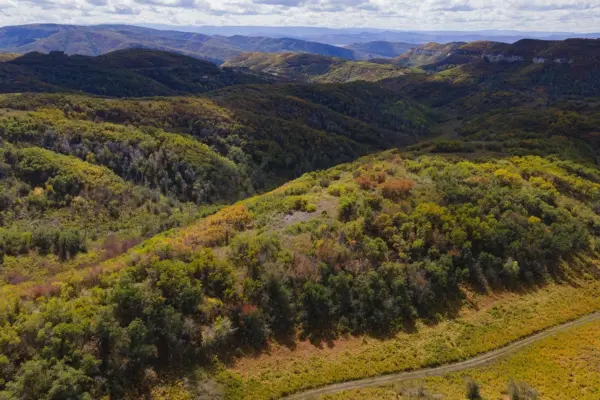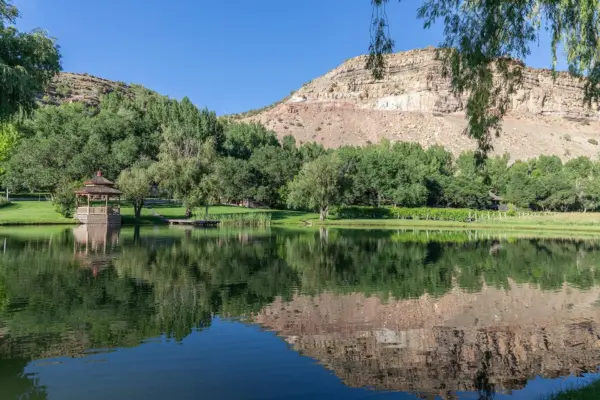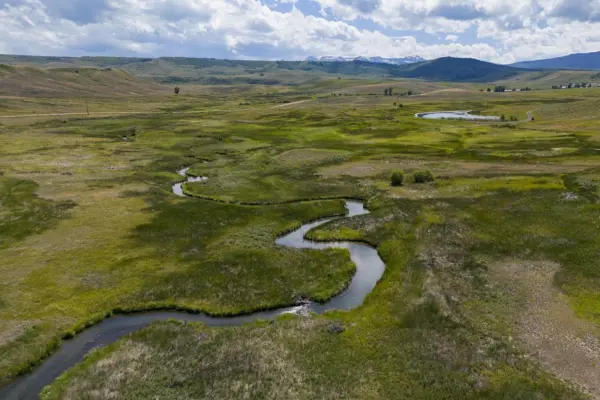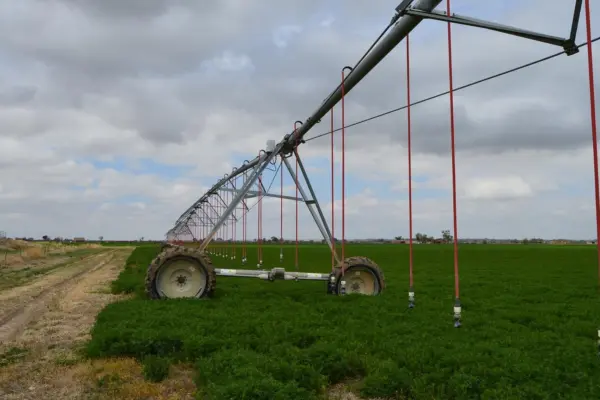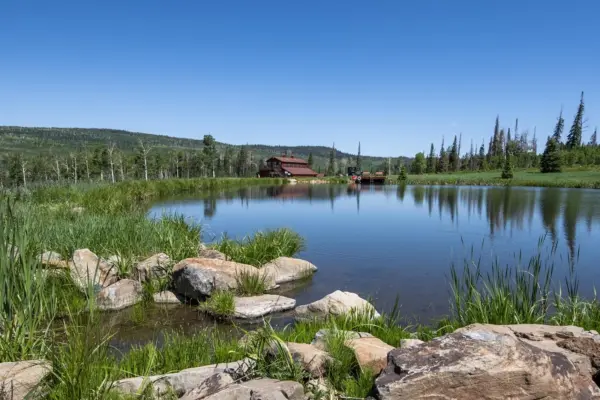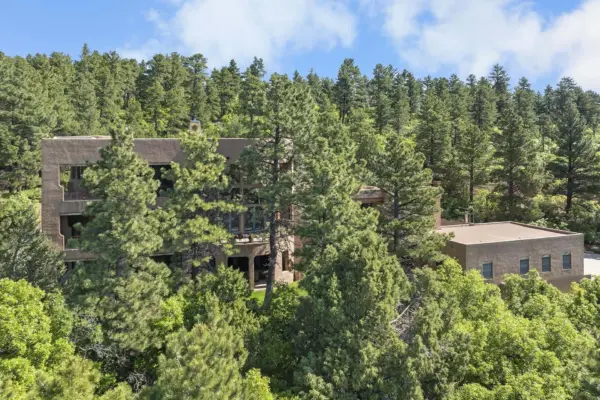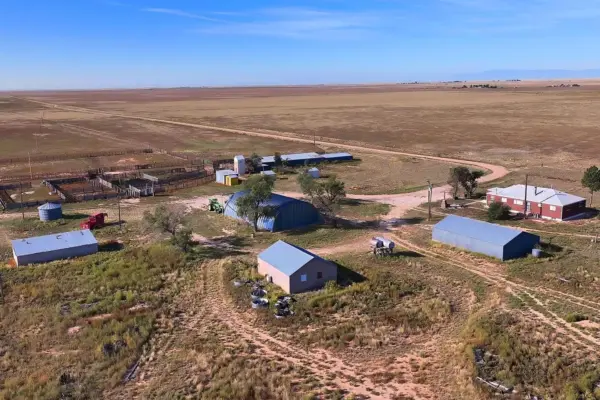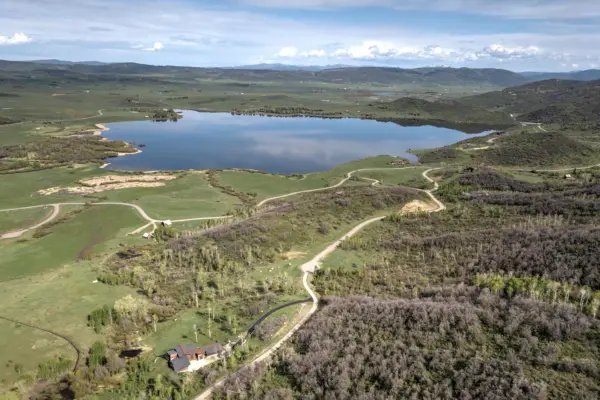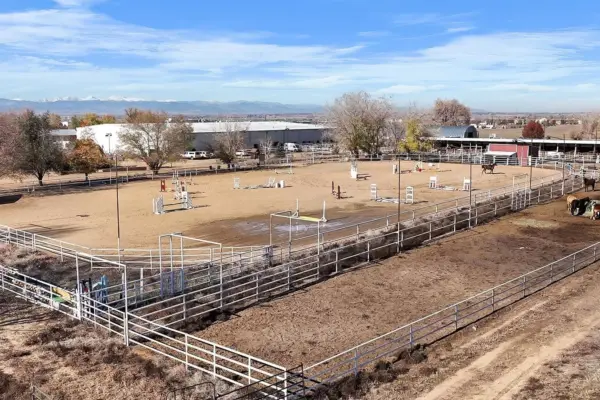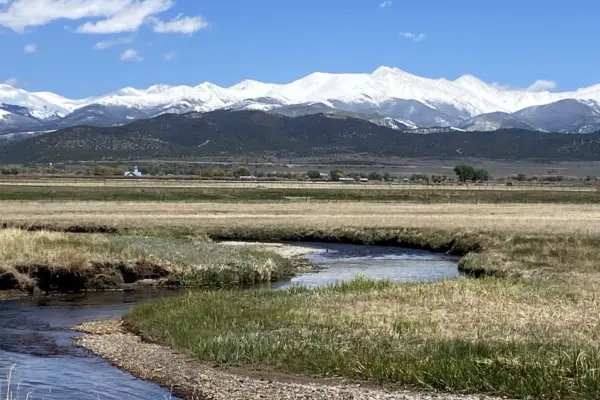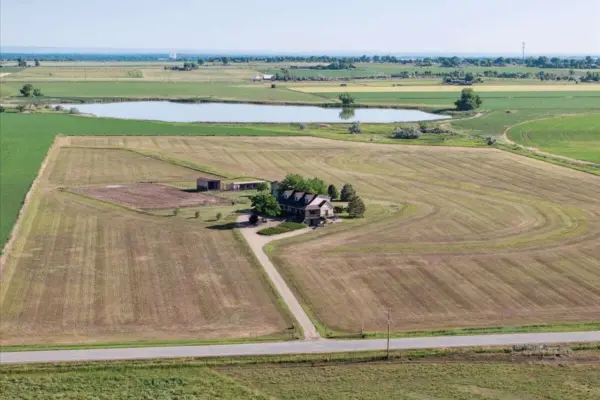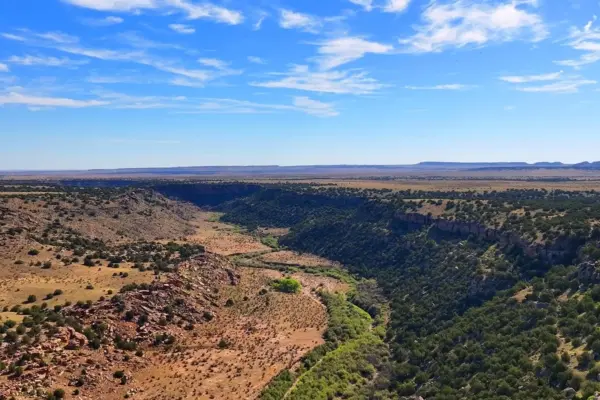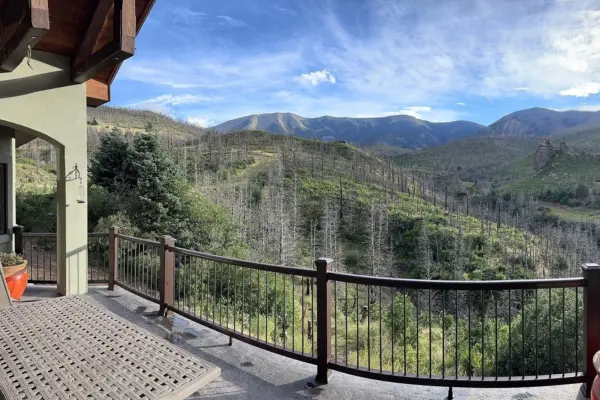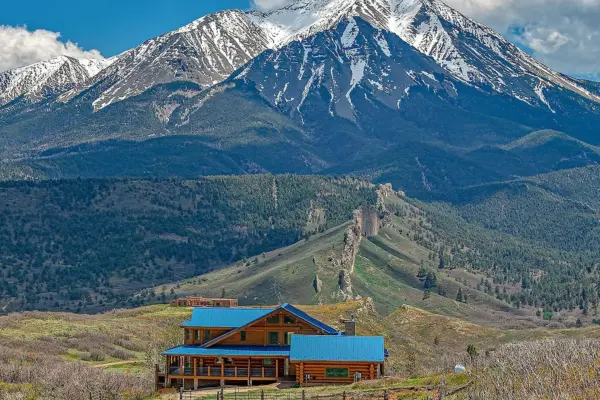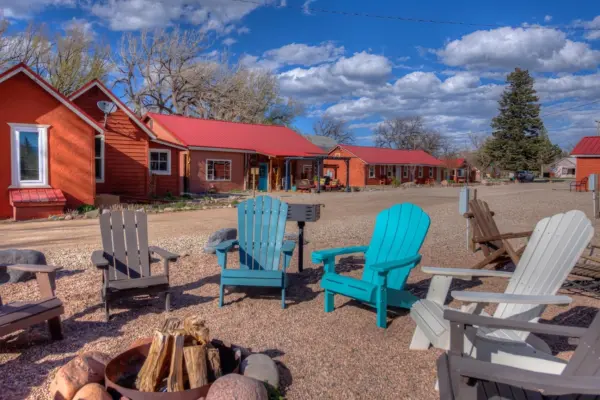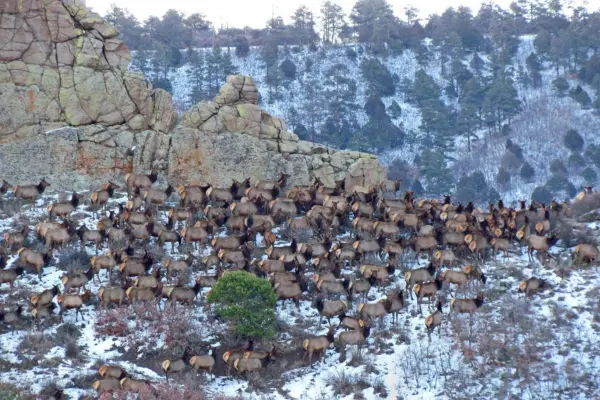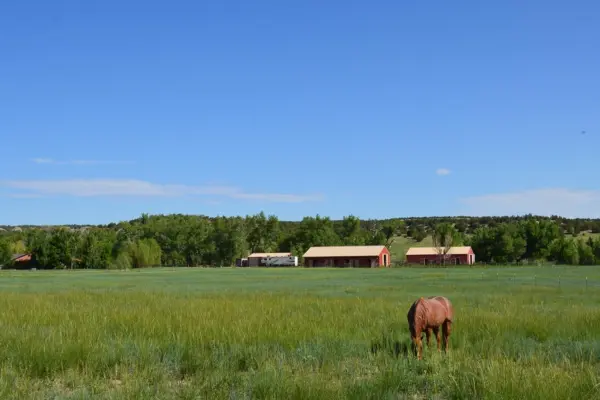As an expanding country seeking to assert control and develop this vast area, the Federal government embarked on an aggressive program of land disposal in the 19th and early 20th
centuries, using the homestead acts to give freehold acreage to millions, usually for little more than the filing fee and a brief period of occupancy. The homestead acts of 1820, 1862, and 1877 granted the patentee full interest in the surface and mineral estates - the “fee simple” interest – subject only to prior vested rights and reservations of rights-of-way for ditches and canals. To further incentivize development, land grants were made to the states and the five transcontinental railroads, again with no mineral reservations. Finally, the 1872 Mining Law, still active today, provided a process for patenting claims to mineral-rich lands.
As development proceeded and the strategic value of western mineral wealth became apparent, the Fed changed its policy; patents issued after the 1916 Homestead/Stockraising Act reserved all minerals, including oil and gas, to the Federal government, severing the surface and mineral interests and creating the “split estate”. The 1934 Taylor Grazing Act effectively ended the land disposal “free-for-all”. Today the Federal government still owns and controls mineral interests severed from surface ownership in the tens of millions of acres throughout the mineral-rich west. The BLM and state regulatory agencies oversee leasing and all aspects of administration and development of publicly-owned minerals, whether on private or public surface lands.
Note that there are other means by which the mineral estate has been split from the surface. Both the states and the railroads have deeded away tracts of land from legacy holdings, frequently reserving the mineral interests. Further, mineral interests in fee lands are frequently severed from the surface by private owner sales to land investors, professionals or development companies, particularly in areas of high mineral value, such as oil and gas basins, coal tracts and mineral deposits. Generational transfers, particularly where heirs and devisees have no attachment to the land, are a further complicating factor.
As mineral experts, the basis for much of our work, whether title, valuation or resource assessment, revolves around the conflicts that develop between surface and mineral owners in split estate lands. What is clearly the most difficult for the surface owner is the realization that the mineral estate has primacy and the use and development thereof are dominant over the surface use. The mineral owner has the absolute right to develop, subject only to the requirements that he or she provide fair compensation and use only so much of the surface as is “reasonably necessary”.
Part 2 will cover the methods and means by which we identify, value, and resolve conflicts between surface and mineral owners.







